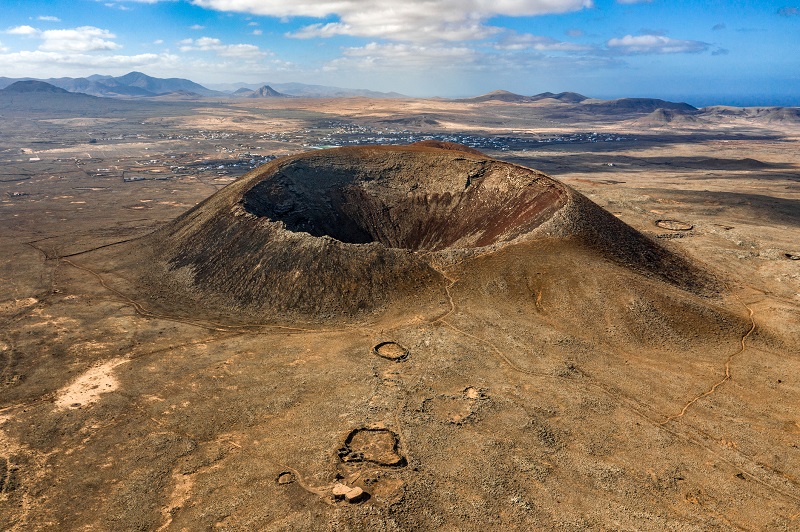High interest rates crater the P&C industry’s investment income

Despite an 8% increase in direct premiums written in 2022, and generally stabilizing—if not decreasing—loss ratios in several key business lines, Canadian P&C insurers’ net investment returns took a huge hit from the impact of rising interest rates last year, muting the industry’s underwriting profitability.
Overall, the industry’s net underwriting profit for 2022 was $8.4 billion—only $435 million more than last year, when market conditions were generally tougher, according to 2022 year-end results published recently by the Office of the Superintendent of Financial Institutions (OSFI). The industry’s total net income (profit) of $7.84 billion last year was $305 million less than it was the year before.
The chief culprit was a more than $2 billion hit on the P&C industry’s net investment income in 2022.
In 2021, the industry’s net investment income totalled $2.35 billion. Last year, it was a paltry $156 million.
Last year, MSA Research president and CEO Joel Baker told Canadian Underwriter that rising interest rates in Canada were a “double-edged sword” for the industry.
“In the short term, they immediately lower the value of fixed-income assets on the insurer balance sheet,” Baker commented at the time. “The magnitude of the impact depends largely on the duration of the portfolios. The longer duration, the larger the hit.”
Overall, the industry’s portfolio durations “have increased by 0.5 [years] between 2019 and 2021,” Baker observes, “which indicates that the industry is slightly more sensitive to rising rates now, than it was in 2019.”
For example, insurance companies’ existing fixed-income investments—generally bonds—carry coupon rates that are now lower than what they and other investors will be getting on newer bonds benefiting from the higher interest rates. The older the bonds, the less attractive they will be to investors who can buy higher-interest, fixed-income investments on the open market, making it more likely insurers that own the older bonds will end up holding them until they mature.
The caving in of the industry’s investment returns in 2022 overshadowed some good news in commercial specialty lines. In all major commercial specialty lines, claims ratios were down. In D&O, the claims ratio was down to 39.2% last year from 46% in 2021. Excess liability saw its loss ratio dip from 38.5% in 2021 to 37.3% last year.
In cyber, the Canadian P&C industry recorded a negative claims ratio (-49%). Essentially, this is because foreign federally regulated cyber insurers reserved more funds than they needed to pay for outstanding cyber claims in 2022. Releasing those reserves gives the loss ratio for the year a negative balance.
“Incurred claims for a particular financial year could be negative if the provision made for outstanding claims in the previous year was excessive, vis-a-vis the real claim payments in respect of those losses [that] were made in the current financial year,” as Sudeep Kumar, professor at T. A. Pai Management Institute, explains in an online post in Quora. “In short, by over-providing for claims in one year, it is easy to show profits in the succeeding year. This in fact is an issue with insurance accounting.”
In personal lines, the industry is witnessing increased loss ratios, driven by higher claims costs. As reported by several industry execs, driving patterns are returning to more normal levels, and a $3.1-billion Cat year has affected Canadian homeowners and commercial property owners.
In personal property (homeowners), claims ratios (claims costs divided by premiums) increased from 50% in 2021 to 57.4% last year. In commercial property lines, the claims ratio increased marginally, from 45.6% to 46.5%.
Personal auto lines saw a slight claims ratio increase up to 63.8% last year, up from 61.3% the year before. Commercial auto saw a slight decrease in claims, with a 49.4% loss ratio in 2022 compared to 51% the year before.
Feature image courtesy of iStock.com/mason01







